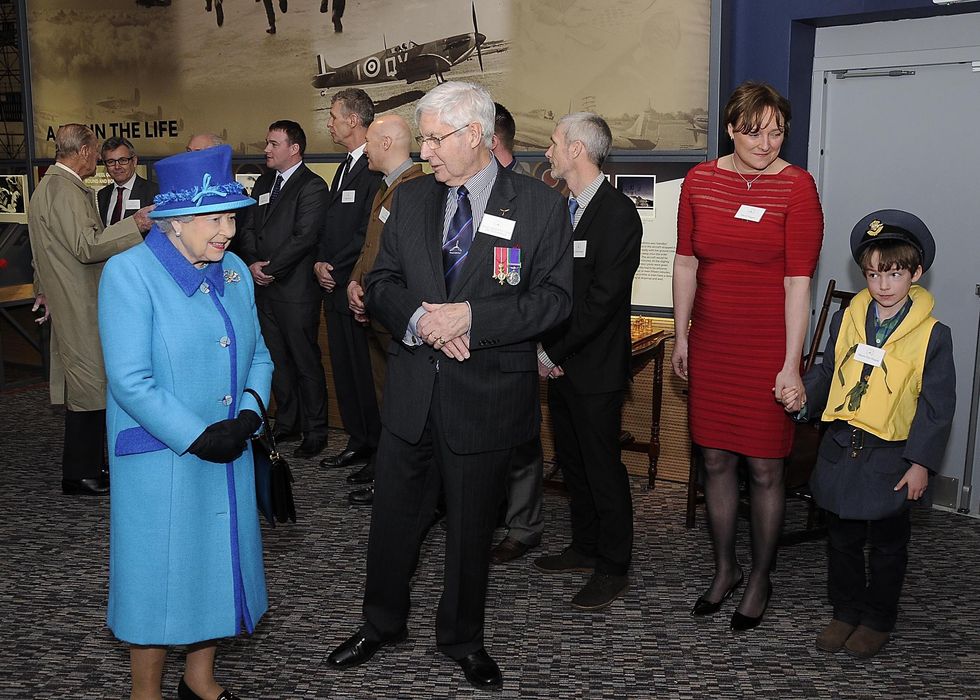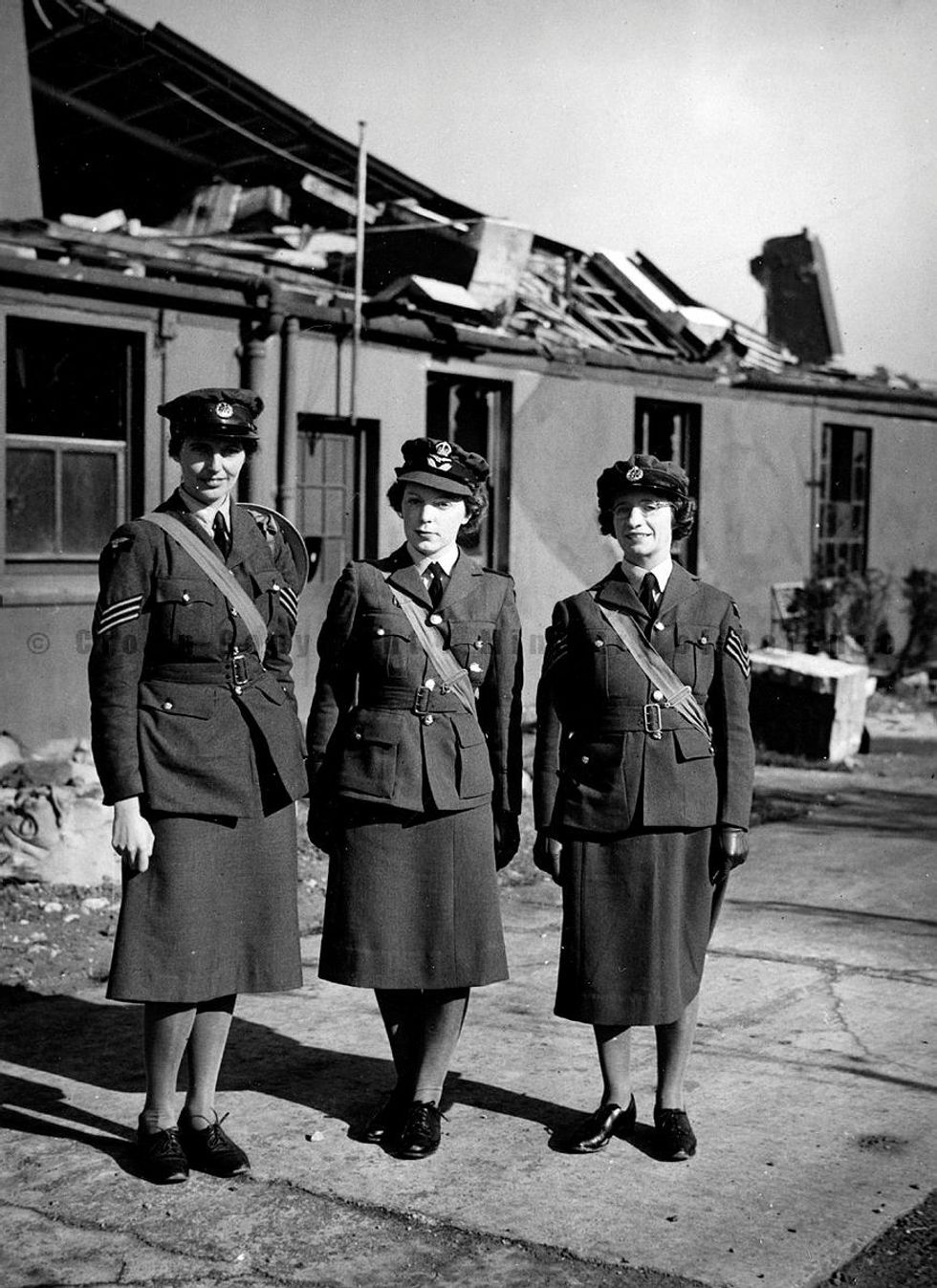'Up at four in the morning and working until ten at night' - Remembering the Battle of Britain

Battle of Britain Memorial Trust/Crown Copyright
|Patrick Tootal, Honorary Secretary at The Battle of Britain Memorial Trust said Britain was in "total danger"

The Battle of Britain took place from 10 July 1940 – 31 October 1940
Don't Miss
Most Read
Latest
The Royal Air Force defended the skies above Britain against an overwhelming enemy to win its most iconic victory.
In the summer and early autumn of 1940, the might of the Nazi war-machine was standing on Britain’s doorstep.
Poland, Czechoslovakia, and now France had all fallen to the Germans. Britain stood alone on the European continent and Hitler was poised to attack.
“Britain was in danger of invasion,” says Patrick Tootal, Honorary Secretary at The Battle of Britain Memorial Trust.

Battle of Britain Memorial Trust
|Queen Elizabeth II and Patrick Tootal at a memorial opening in 2015
“It was fairly scary. We weren’t in a good place.”
The young men of the RAF, and its allies from Poland, Australia and Canada, most of whom were in their twenties, flew Spitfire and Hurricane aircraft against the larger and well-experienced German air force - the Luftwaffe.
“The Hurricane would go and attack the bombers while the Spitfire, which was the more agile and glamorous, flew overhead to try and drive off the fighters.”
The fighting, which went on from 10th July to the 31st October, was relentless.
“They were up at four in the morning,” said Patrick, who is a retired RAF Captain. “At first light, they were cock-pit ready and wouldn’t stand down until ten o’clock at night.
“It was very hard work but there was respite when the weather was bad.”
THE BATTLE OF BRITAIN
The Women's Auxillary Air Force also defended the country during the battle in roles on the ground.
The turning point came on the 15 September when the RAF won a decisive victory over the Luftwaffe.
Poor German intelligence and the Brit’s secret weapon, radar, gave the Royal Air Force an upper hand, changing the momentum of the battle.
By the end, 1,542 British airmen had been killed and twice as many Germans. Around 23,000 civilians died during the bombing raids on London and the rest of the country.
In the darkest days of the battle, Winston Churchill said 'Never in the field of human conflict was so much owed by so many to so few.’
A permanent place of remembrance is at Capel-le-Ferne in Folkestone. The Battle of Britain Memorial Trust opened The Wing Visitors Centre in March 2015.

Crown Copyright
|Sergeant Joan E Mortimer Flight Officer Elspeth C Henderson and Sergeant Helen E Turner recipients of the Military Medal for gallantry standing outside damaged
A memorial wall named after the late Air Chief Marshal Sir Christopher Foxley-Norris, a Hurricane fighter pilot in 1940, carries the names of all the RAF men who fought in the battle.
Britain remembers the 15 September as Battle of Britain Day – it is the 83rd anniversary. Events are planned across the country, including commemorative flights by rare and historic craft flown during the Second World War and a Sunday service at Westminster Abbey.
This weekend, the Imperial War Museum at Duxford is hosting an air show including the Battle of Britain Memorial Flight, with 12 Spitfires, 4 Hurricanes, and the only flying Lancaster in Britain.
Phil Hood, Air Show Event Manager, said: “The Battle of Britain Air Show is a highlight of IWM Duxford’s annual Flying Season as visitors get to experience what life would have been like for those who lived and served at RAF Duxford during the war.”
The Battle of Britain was the first kind to be fought entirely in the air.










